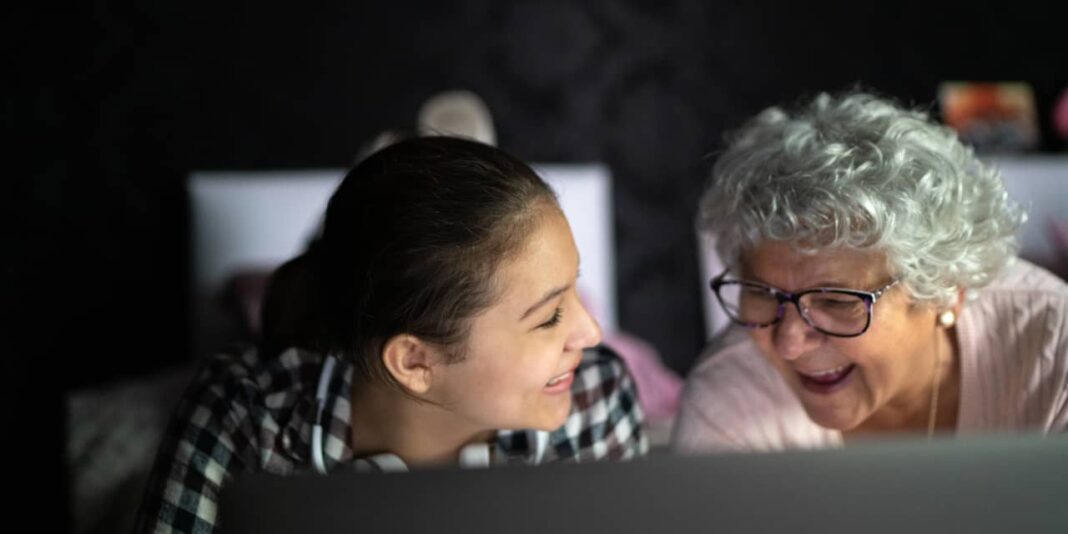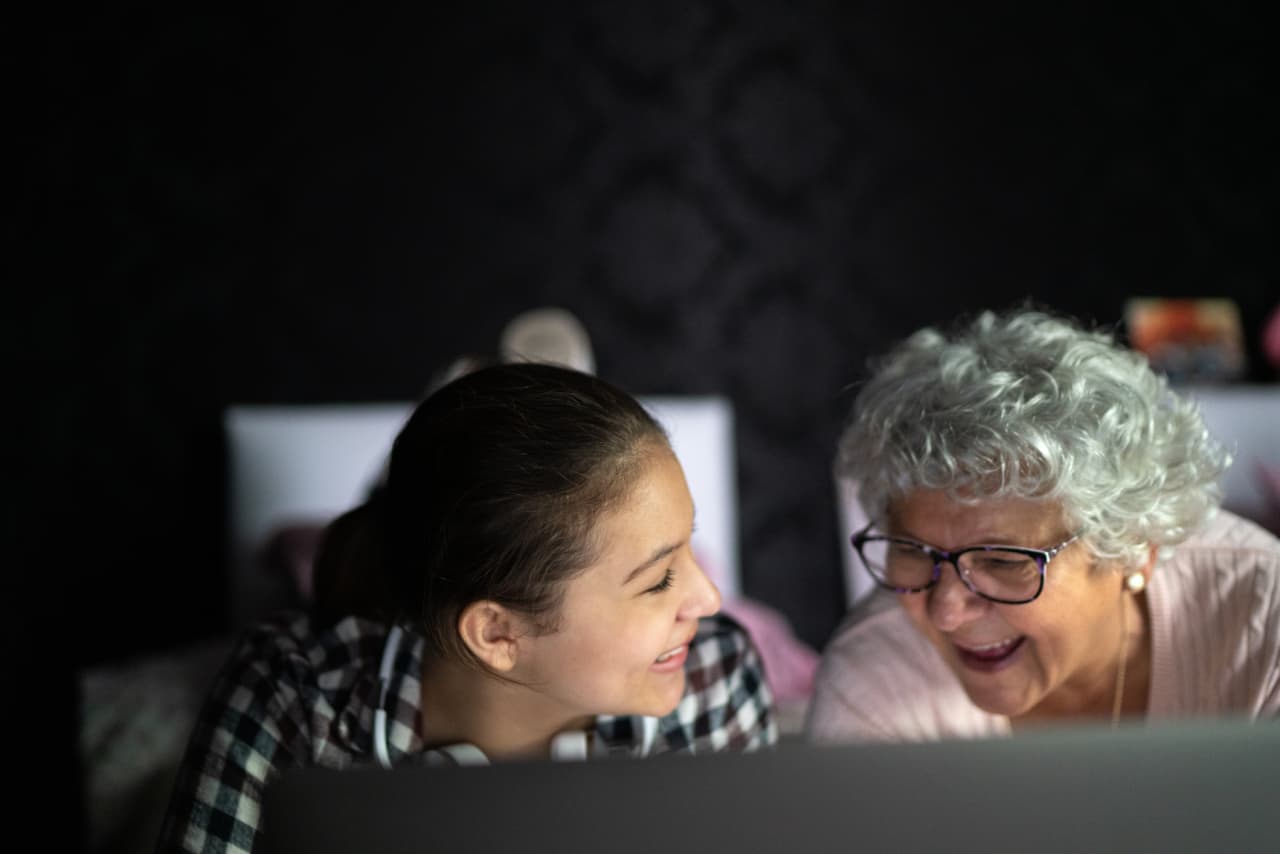British writer and theologian C.S. Lewis once said, “Mental pain is less dramatic than physical pain, but it is more common and hard to bear.” With all the attention to mental health and well-being, communities are trying to find ways to tackle this issue, which worsened after COVID-19.
But tackling loneliness, especially among older adults, requires a targeted and unique solution since the experience of loneliness is both collective and personal.
““After several years of running Teeniors, there is one thing I know for sure: the main service we provide is not tech support. It is a human connection.””
Today, more people live alone than ever before; about one-third of Americans are 65 and older and half of those over 85. We’ve heard it all, from the dangers of isolation and loneliness on older adults’ health to loneliness shortening lifespans in a way that is comparable to smoking 15 cigarettes a day.
Related: ‘There’s a lot of lonely people out there.’ Is loneliness killing you?
When it comes to digital and technological solutions, new research shows that information and communication technology-based tools and interventions could effectively provide social support and improve mental health in our older population.
Also see: A ‘loneliness loop’: How the American culture of busyness can increase isolation
Impact of socialization
More specifically, intergenerational mentoring between college students and older adults (sometimes known as digital buddy programs) could help bridge the digital divide for older people. These connections are paramount, and fostering them can impact older adults’ mental well-being, from depression to health-related quality of life and beyond.
“If there’s one thing we consistently hear from our older adults, it’s that socialization is critical to well-being,” said Trish Lopez, a 2021 Next Avenue Influencer in Aging and CEO of Teeniors, a multi-award-winning company that includes teens and young adults who help older people learn technology through one-on-one, personalized coaching.
“After several years of running Teeniors, there is one thing I know for sure: the main service we provide is not tech support. It is a human connection,” she continued. “And the level to which we recognize that, and stay true to that, is the level to which we continue to succeed.”
If more digital buddy programs existed, it could reduce the effects of loneliness among older adults. But the ageist stereotype that this demographic is distrustful of technology, which is a far cry from the truth, might be a barrier to the rise of these programs.
Another obstacle is that companies need to more effectively consider older people and their needs when designing products.
Studies have shown that while older adults might see the most benefit from these technological advances, they often have the least access to them.
Read: All in the family: Multigenerational living, once the norm for many Americans, is making a comeback
Telehealth and more
Research is clear: previous data showed that in 2021, older adults were among the three top groups that used telehealth the most during the pandemic. According to the National Center for Health Statistics, telehealth use increased with age, more than 40% of adults aged 65 and over participating compared with 29.4% of those between 18 and 29.
Ultimately, older adults are now relying more on technology to improve their health-related quality of life and become self-sufficient as they age.
In fact, many older adults have goals beyond trying to reduce loneliness or creating conversations; whether that’s volunteering to improve the English skills of young students or learning new tech skills from them. Questions like how communities should achieve this and how to create a sustainable program could be explored.
Moreover, investigating lifestyle, the quality of relationships, confidence in social situations, and the neighborhoods where individuals reside are used to paint a clearer picture of their needs and help understand and guide anti-loneliness efforts.
Whether through formalized programs or informal neighborhood interactions, bringing people of various ages together “strengthens community for all, as it builds awareness and education about the aging process and decreases ageist assumptions or stereotypes,” said Katie White, an administrator at the Central Ohio Area Agency on Aging.
Buddy programs should also not be limited to the old and young. Imagine if various senior living communities could come together in hopes of launching a virtual pen pal program to reduce loneliness and foster belonging among residents, especially during transition points like the death of a loved one or adjusting to chronic illness.
Healthy human relationships are critical to people’s survival and well-being. Not only can increased social connectivity improve mental well-being, but it can also help fight against depression and cognitive decline. Innovations like digital buddy programs are a great solution to assisting older people when it comes to giving them the chance to lead better lives.
Sophie Okolo is a Forbes contributor, Columbia University Age Boom Academy Fellow, and TEDMED Research Scholar. She is the founder and host of Global Health Aging, a creative consultancy and award-nominated resource featuring diverse opinions, news stories, and innovative research about longevity and healthy aging.
This article is reprinted by permission from NextAvenue.org, ©2024 Twin Cities Public Television, Inc. All rights reserved.
More from Next Avenue:


There’s certainly a great deal to learn about this subject.
I really like all of the points you’ve made.
Have a look at my web site … http://top.warszawski.waw.pl
Hi there, I enjoy reading through your article.
I wanted to write a little comment to support you.ラブドール
If some one needs expert view about running a blog afterward i advise him/her to pay a visit this
weblog, Keep up the fastidious job.